The mesmerizing beauty of Himachal Pradesh is shrouded in peril as natural disasters become more frequent. Landslides, cloudbursts, floods, and flash floods are distressingly common now, not just causing loss of life and property, but also impacting the state's economy and tourism sector. What is driving such adverse weather and frequent calamities?
Scientific Causes
1. Climate Change
Climate change is undeniably the principal driver of increasing disasters in Himachal. Over the past century, the state's average temperature has risen by 1.6 degrees Celsius, significantly altering weather patterns and intensifying and increasing the frequency of rainfall.
Cloudburst Incidents:
A cloudburst unleashes massive rainfall in a confined area within a short span. According to the Indian Meteorological Department (IMD), rainfall exceeding 100 mm in an hour across an area of 20-30 square kilometers qualifies as a cloudburst.
In 2024 alone, Himachal recorded 18 cloudbursts during the monsoon season. The atmosphere's increasing moisture content due to global warming has led to more frequent and intense rainfall and cloudbursts.
Irregular Rainfall:
The rainfall pattern in Himachal has transformed. Where monsoon rains were once evenly spread, they now occur in shorter, more intense bursts. For instance, in 2023, Kullu district experienced 180% more rainfall than usual, escalating the risk of floods and landslides.
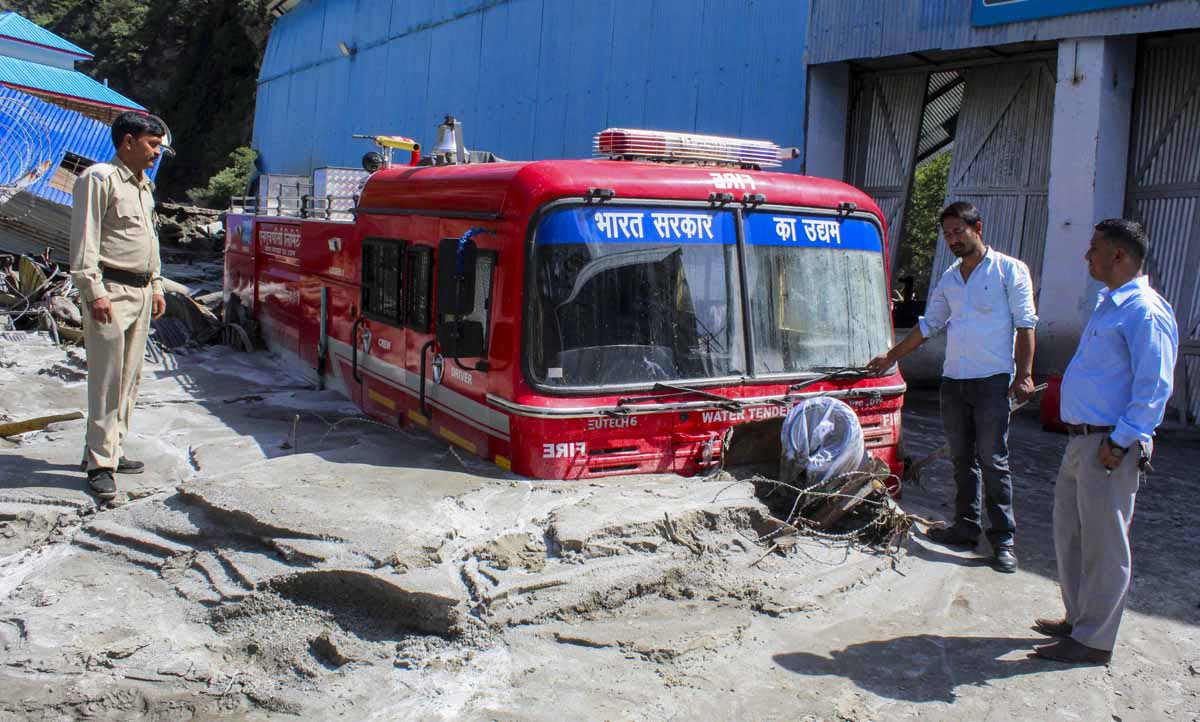
Source: aajtak
Effect of Western Disturbances:
In addition to the monsoon, Western Disturbances bring heavy rainfall to Himachal. In July 2023, the confluence of western disturbances and the monsoon resulted in severe downpours, causing chaos in districts like Kullu, Mandi, and Shimla.
2. Himalayan Geographical Structure
Situated in the western Himalayas, Himachal Pradesh lies within one of the world's youngest mountain ranges and remains geologically unstable and earthquake-prone.
Seismic Hazards:
Five districts in Himachal (Chamba, Hamirpur, Kangra, Kullu, Mandi) fall into highly seismic zones (Zone IV and V). Earthquakes and persistent rains weaken mountains, increasing landslide occurrences.
Soil Erosion:
A worrying 58.36% of Himachal's land is at high risk of severe soil erosion. Heavy rain washes away soil, reducing mountain stability, and raising the threat of landslides.
Mountain Slopes:
The gradient and elevation of Himachal's mountains accelerate the flow of rainwater, contributing to flash floods. Regions like the Pir Panjal Range trap monsoon winds, leading to heavy rainfall and potential cloudbursts.
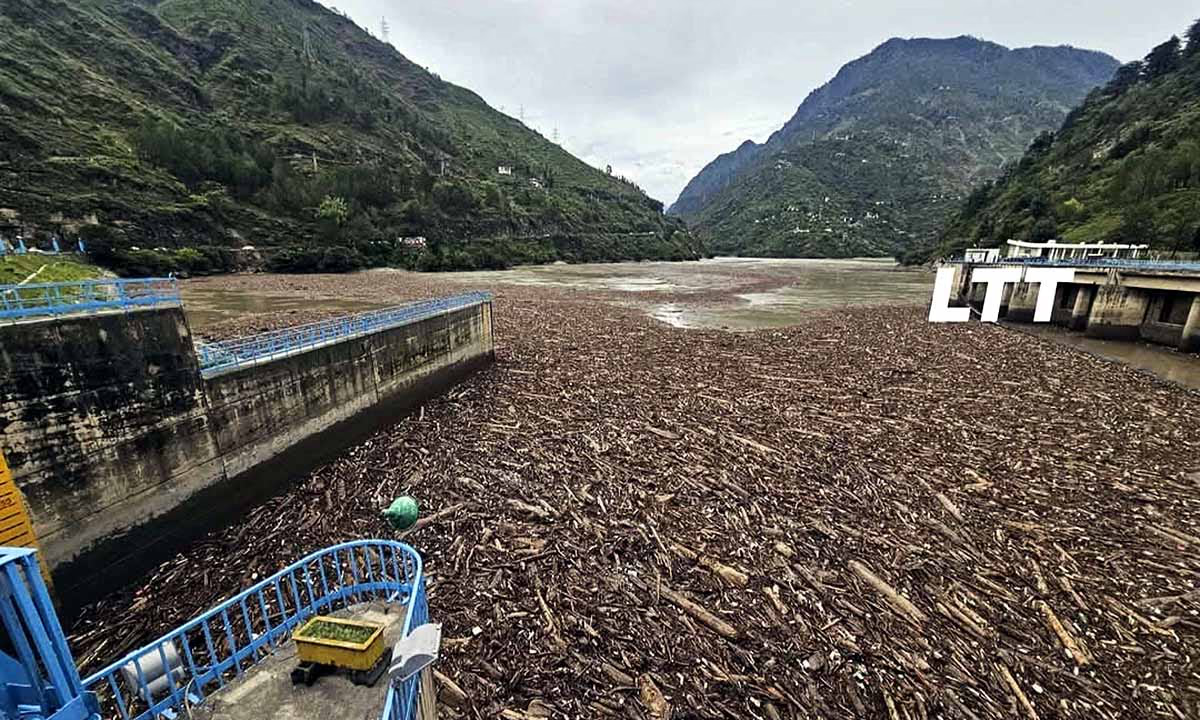
Source: aajtak
3. Melting Glaciers and Ice
Due to climate change, glaciers in Himachal are retreating swiftly, elevating river water levels and increasing flood risk. Cloudbursts near glaciers are more frequent due to the meeting of cold and warm air currents.
Human-made and Policy Reasons
1. Unscientific Development
Unplanned development endeavors have exacerbated disasters in Himachal. Experts claim that the government and developers often overlook environmental impacts.
Hydropower Projects:
About 174 hydropower projects operate in Himachal, generating 11,209 megawatts of electricity. These projects involve mountain excavation, disrupting river flows. The 2023 devastation near projects like Malana, Sainj, and Parbati in Kullu and Sainj Valley highlights the risk. Decomposing organic materials in dams release methane, warming the local climate and promoting cloudbursts.
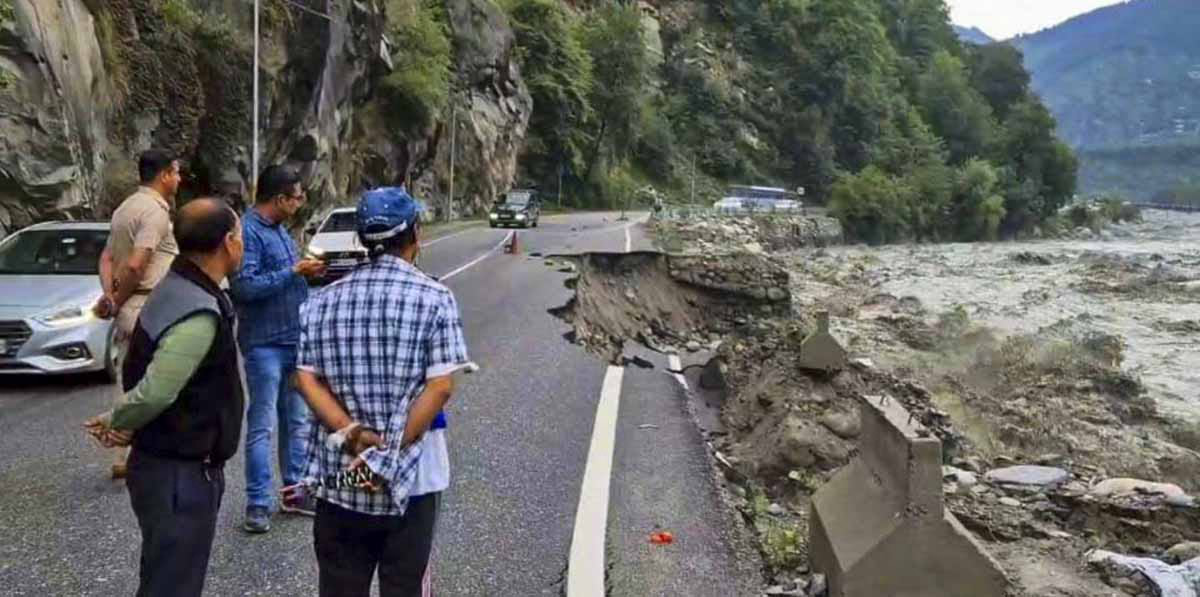
Source: aajtak
Road Construction:
The vertical carving of mountains for national highways and four-lane roads is more dangerous than traditional terracing, increasing landslide risks. Rain-triggered slips and landslides are prevalent during roadwork in Mandi, Kullu, and Shimla.
Construction Activities:
Multistory buildings rise in cities like Shimla, defying environmental warnings. For example, significant constructions in Shimla's Katchi Ghati proceeded despite soil weakness, prompting landslides.
2. Deforestation and Land Use Change
Forests in Himachal are cleared to accommodate power projects, roads, and tourism. From 1980 to 2014, 90% of forests in Kinnaur transitioned to non-forest use, harming biodiversity and soil stability, and raising erosion and landslide and flood threats.
3. Tourism Pressure
Millions of tourists flock to Himachal annually, especially Kullu, Manali, and Shimla, straining the environment. Mountain cutting for hotels, resorts, and other constructions occurs without proper waste management. Water resources and rivers face pollution, creating flood-like situations. Experts suggest promoting ecotourism, but with caution.
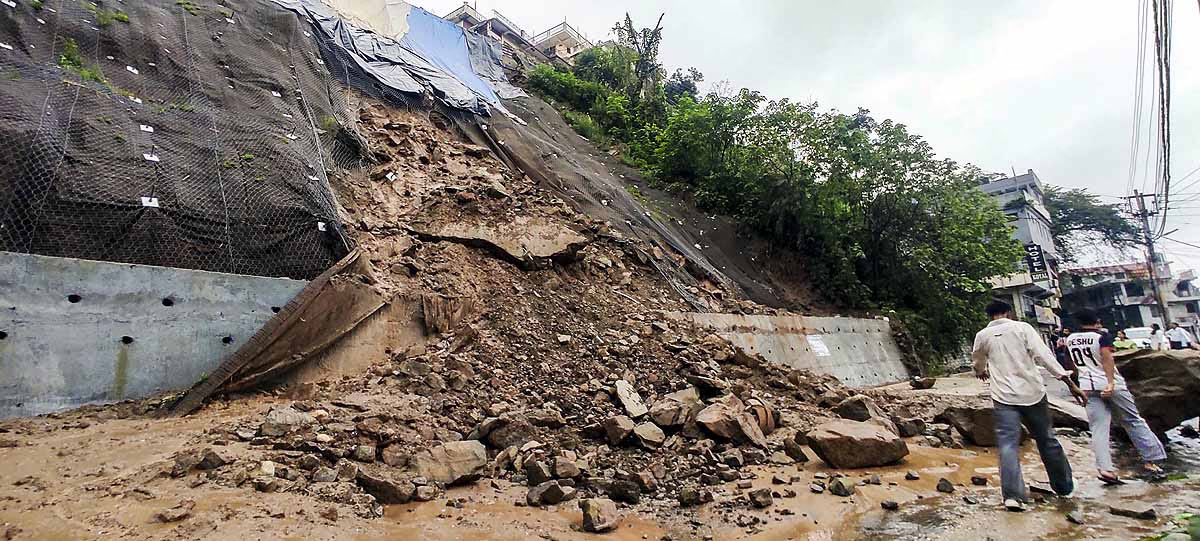
Source: aajtak
4. Policy Shortcomings
Deficiencies in policies by Himachal and central governments contribute to mounting disasters.
Environmental Impact Assessment Lapses: Thorough environmental impact assessments (EIAs) are neglected before launching hydropower and road projects, missing long-term impact evaluation.
Disaster Management Weakness: Himachal's State Disaster Management Authority (SDMA) lacks efficacy, necessitating updates to early warning systems and disaster management plans.
Illegal Mining: Scientific mining absent, disrupting river flows and boosting flood risk.
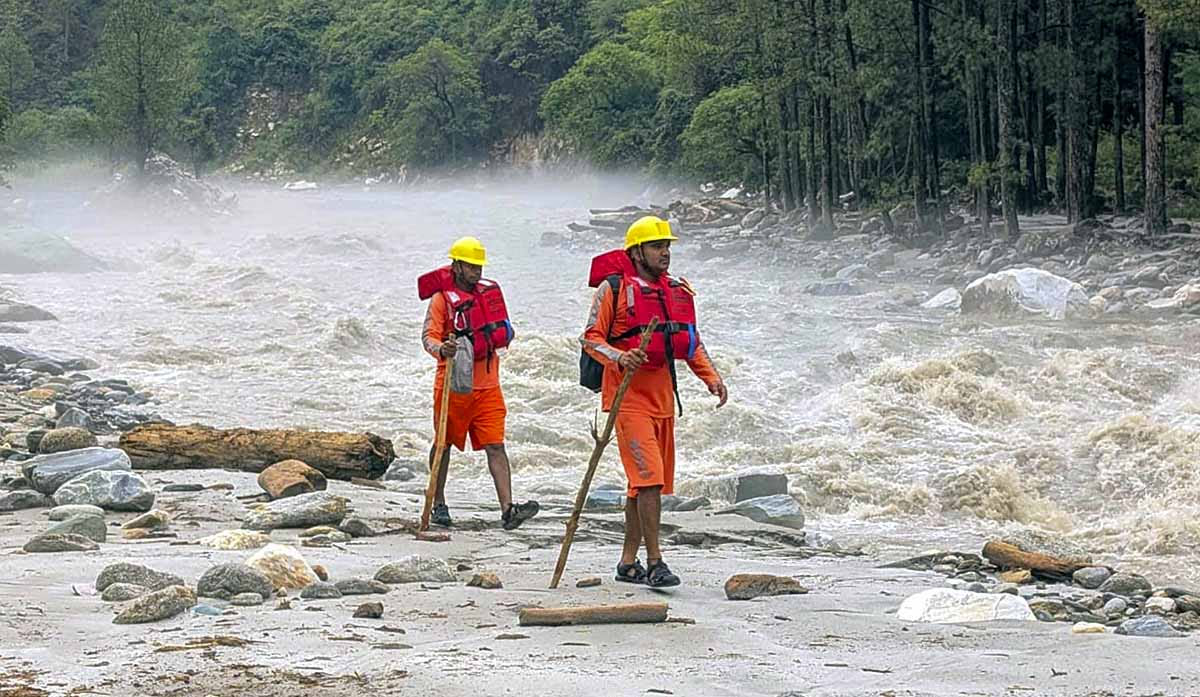
Source: aajtak
Impact of Recent Disasters
The number and intensity of disasters in Himachal have risen in recent years...
2021: 476 fatalities, losses of ₹11.51 billion.
2022: 276 fatalities, losses of ₹9.39 billion.
2023: 404 fatalities, losses of ₹120 billion.
2024: 358 fatalities, 1,004 homes damaged, 7,088 livestock lost.
In 2023, severe storms and cloudbursts in Kullu, Mandi, and Shimla caused massive destruction to homes, shops, and schools. In 2024, 18 cloudbursts affected 14 hydropower projects.
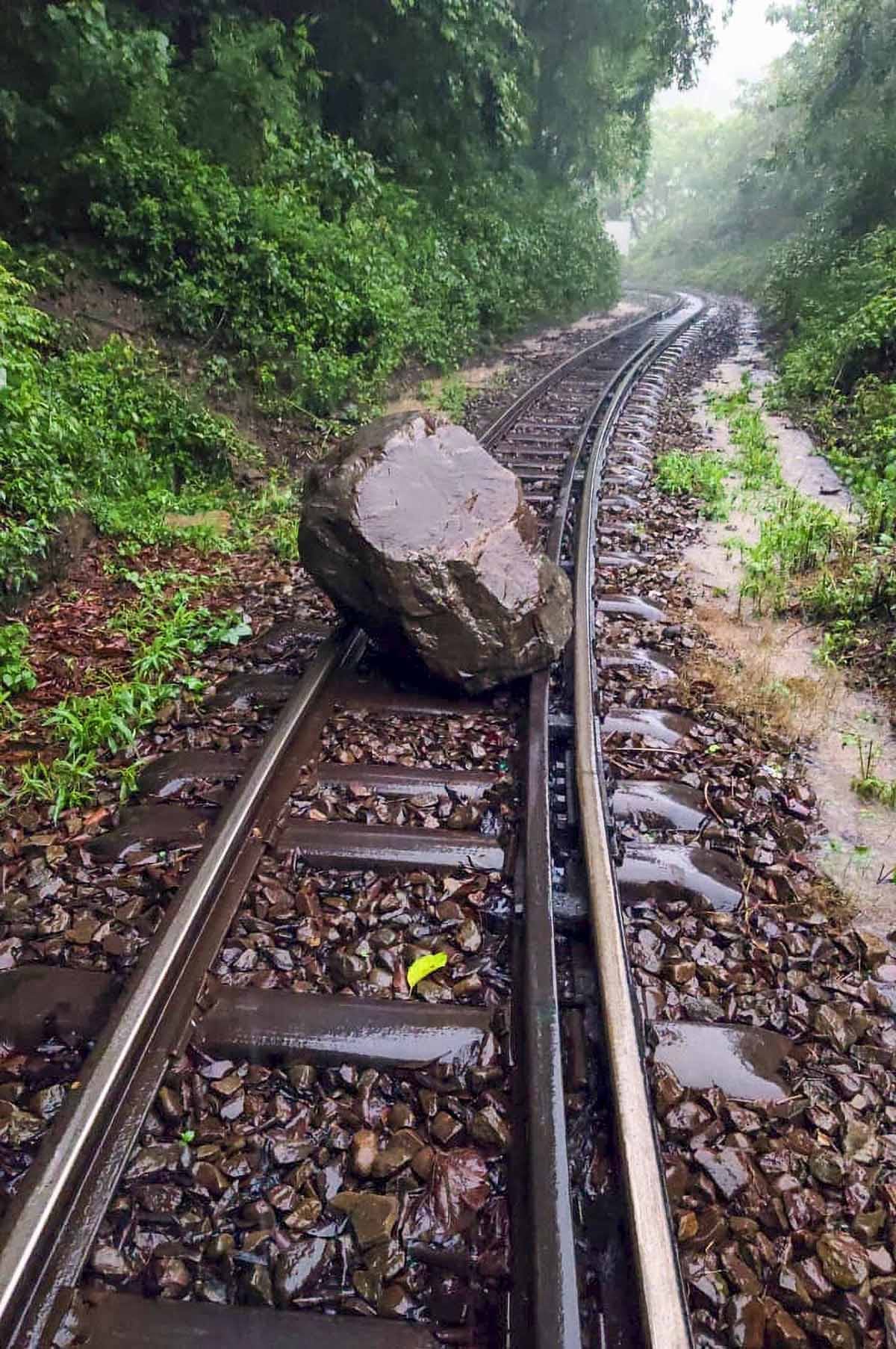
Source: aajtak
Solutions and Suggestions
To mitigate these disasters, several measures are proposed...
Environmental Impact Assessments: Conduct thorough environmental assessments for every development project.
Scientific Construction: Employ terracing and environment-friendly techniques in road and building construction.
Forest Protection: Implement deforestation bans and promote reforestation.
Early Warning Systems: Install automated weather stations in every village panchayat and urban area.
Ecotourism: Encourage eco-friendly tourism to reduce pressure on natural resources.
Disaster Management: Strengthen disaster management plans and provide local training.




